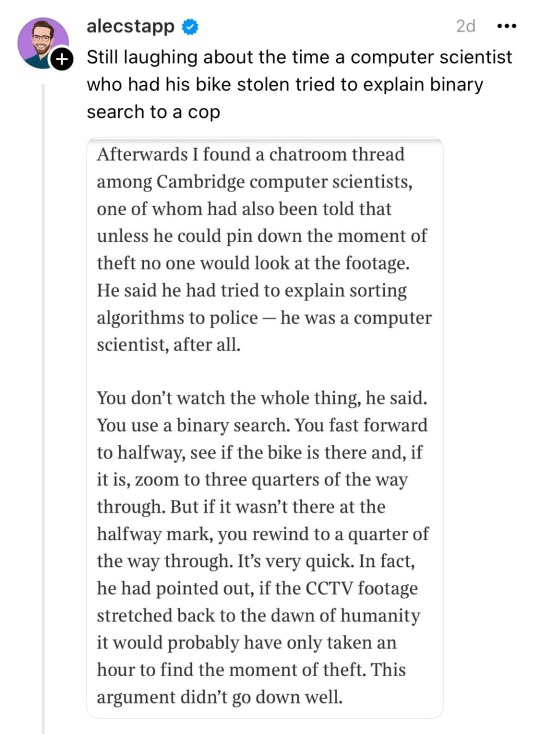#computer science
Text
#tokyo#swords#math#nick x charlie#lick my toes#scrubs#sluttraining#bend me over#hipster#geto smut#shounen ai#nameless ghouls#computer science
126 notes
·
View notes
Text
#shounen ai#pink hair#Biography#nameless ghouls#blm movement#derek chauvin#computer science#playchoices#medblr#voidcore#logotype#pov
122 notes
·
View notes
Text
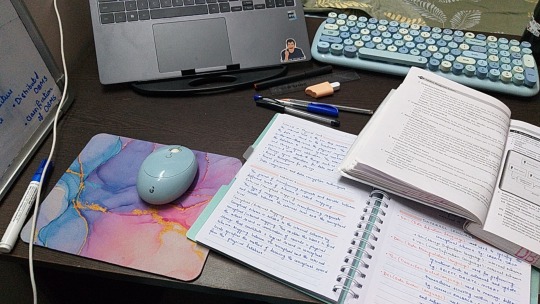
April 16, 2024 • Wednesday
It's only the third week of semester and I'm already kinda struggling—
Someone please tell me not to eat things out of spite that make your disability worse (currently having a flare and planning efficient lecture skips for tomorrow and also internally crying)
🎧 Labyrinth — Taylor Swift

#dailyfoxposts#studyblr#codeblr#studyspo#study#note taking#coding#compblr#study aesthetic#aesthetic studyblr#disabled studyblr#fibromyalgia#hypermobility syndrome#study motivation#uni life#uni student#university#computer science
23 notes
·
View notes
Text
Computers are very simple you see we take the hearts of dead stars and we flatten them into crystal chips and then we etch tiny pathways using concentrated light into the dead star crystal chips and if we etch the pathways just so we can trick the crystals into doing our thinking for us hope this clears things up.
69K notes
·
View notes
Text
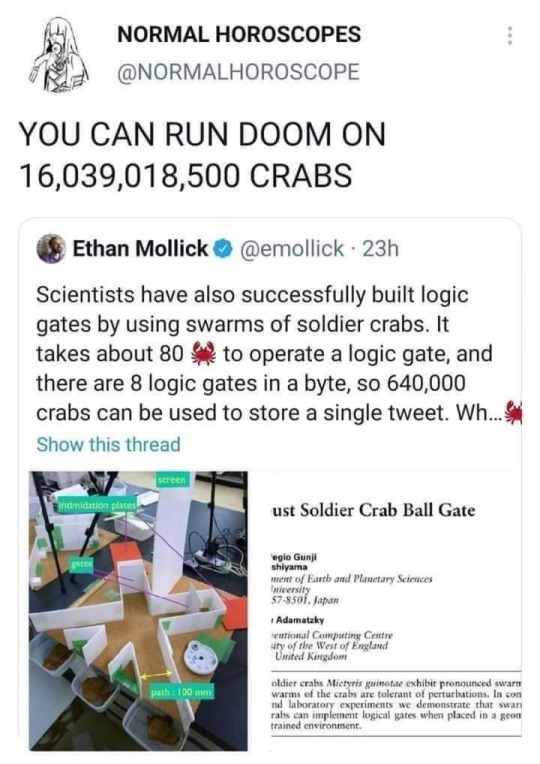
28K notes
·
View notes
Text
Computer science is such a joke. In what other field could you say "make sure the slurm daemon is active" in a professional context
3K notes
·
View notes
Text

LaRue Burbank, mathematician and computer, is just one of the many women who were instrumental to NASA missions.
4 Little Known Women Who Made Huge Contributions to NASA
Women have always played a significant role at NASA and its predecessor NACA, although for much of the agency’s history, they received neither the praise nor recognition that their contributions deserved. To celebrate Women’s History Month – and properly highlight some of the little-known women-led accomplishments of NASA’s early history – our archivists gathered the stories of four women whose work was critical to NASA’s success and paved the way for future generations.
LaRue Burbank: One of the Women Who Helped Land a Man on the Moon
LaRue Burbank was a trailblazing mathematician at NASA. Hired in 1954 at Langley Memorial Aeronautical Laboratory (now NASA’s Langley Research Center), she, like many other young women at NACA, the predecessor to NASA, had a bachelor's degree in mathematics. But unlike most, she also had a physics degree. For the next four years, she worked as a "human computer," conducting complex data analyses for engineers using calculators, slide rules, and other instruments. After NASA's founding, she continued this vital work for Project Mercury.
In 1962, she transferred to the newly established Manned Spacecraft Center (now NASA’s Johnson Space Center) in Houston, becoming one of the few female professionals and managers there. Her expertise in electronics engineering led her to develop critical display systems used by flight controllers in Mission Control to monitor spacecraft during missions. Her work on the Apollo missions was vital to achieving President Kennedy's goal of landing a man on the Moon.
Eilene Galloway: How NASA became… NASA
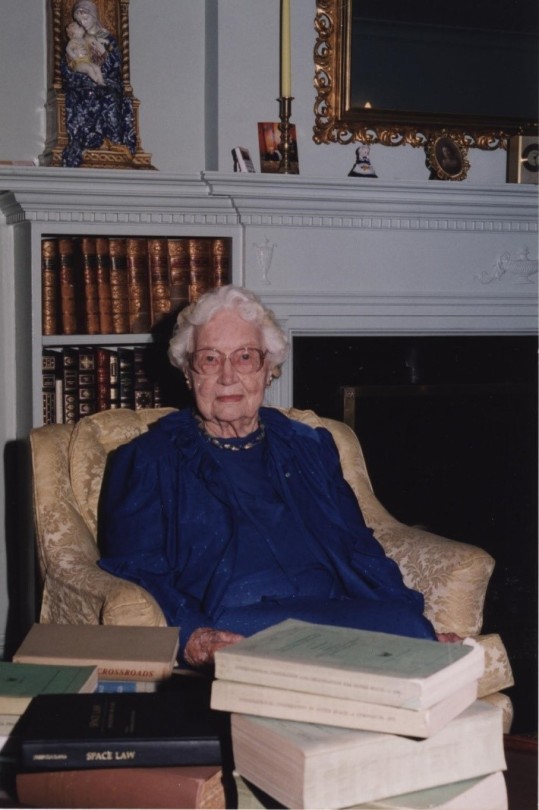
Eilene Galloway wasn't a NASA employee, but she played a huge role in its very creation. In 1957, after the Soviet Union launched Sputnik, Senator Richard Russell Jr. called on Galloway, an expert on the Atomic Energy Act, to write a report on the U.S. response to the space race. Initially, legislators aimed to essentially re-write the Atomic Energy Act to handle the U.S. space goals. However, Galloway argued that the existing military framework wouldn't suffice – a new agency was needed to oversee both military and civilian aspects of space exploration. This included not just defense, but also meteorology, communications, and international cooperation.
Her work on the National Aeronautics and Space Act ensured NASA had the power to accomplish all these goals, without limitations from the Department of Defense or restrictions on international agreements. Galloway is even to thank for the name "National Aeronautics and Space Administration", as initially NASA was to be called “National Aeronautics and Space Agency” which was deemed to not carry enough weight and status for the wide-ranging role that NASA was to fill.
Barbara Scott: The “Star Trek Nerd” Who Led Our Understanding of the Stars
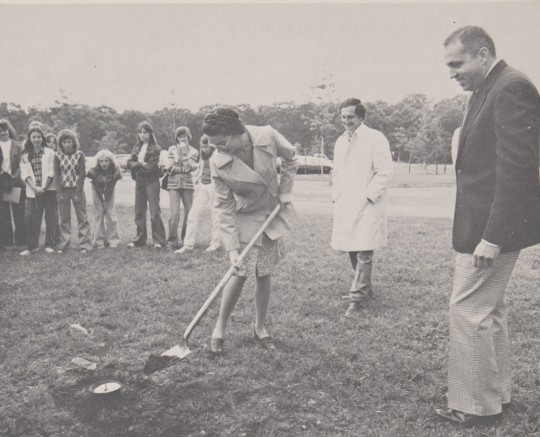
A self-described "Star Trek nerd," Barbara Scott's passion for space wasn't steered toward engineering by her guidance counselor. But that didn't stop her! Fueled by her love of math and computer science, she landed at Goddard Spaceflight Center in 1977. One of the first women working on flight software, Barbara's coding skills became instrumental on missions like the International Ultraviolet Explorer (IUE) and the Thermal Canister Experiment on the Space Shuttle's STS-3. For the final decade of her impressive career, Scott managed the flight software for the iconic Hubble Space Telescope, a testament to her dedication to space exploration.
Dr. Claire Parkinson: An Early Pioneer in Climate Science Whose Work is Still Saving Lives
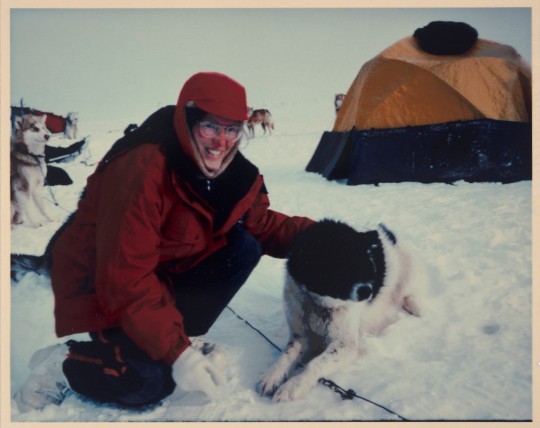
Dr. Claire Parkinson's love of math blossomed into a passion for climate science. Inspired by the Moon landing, and the fight for civil rights, she pursued a graduate degree in climatology. In 1978, her talents landed her at Goddard, where she continued her research on sea ice modeling. But Parkinson's impact goes beyond theory. She began analyzing satellite data, leading to a groundbreaking discovery: a decline in Arctic sea ice coverage between 1973 and 1987. This critical finding caught the attention of Senator Al Gore, highlighting the urgency of climate change.
Parkinson's leadership extended beyond research. As Project Scientist for the Aqua satellite, she championed making its data freely available. This real-time information has benefitted countless projects, from wildfire management to weather forecasting, even aiding in monitoring the COVID-19 pandemic. Parkinson's dedication to understanding sea ice patterns and the impact of climate change continues to be a valuable resource for our planet.
Make sure to follow us on Tumblr for your regular dose of space!
#NASA#space#tech#technology#womens history month#women in STEM#math#climate science#computer science
2K notes
·
View notes
Text
What I really appreciate about The Talos Principle 2 is that big chunks of its writing genuinely read like they were written by someone who's personally had to justify the discipline of philosophy to a STEM major. "There exists an implicit moral algorithm in the structure of the cosmos, but actually solving that algorithm to determine the correct course of action in any given circumstance a priori would require more computational power than exists in the universe. Thus, as we must when faced with any computationally intractable problem, we fall back on heuristic approaches; these heuristics are called 'ethics'." is a fascinating way of framing it, but then I ask why would you explain it like that, and every possible answer is hilarious.
#gaming#video games#the talos principle 2#the talos principle#philosophy#ethics#computer science#stem#the talos principle 2 spoilers#the talos principle spoilers#spoilers
2K notes
·
View notes
Quote
Imagine what it would look like if ChatGPT were a lossless algorithm. If that were the case, it would always answer questions by providing a verbatim quote from a relevant Web page. We would probably regard the software as only a slight improvement over a conventional search engine, and be less impressed by it. The fact that ChatGPT rephrases material from the Web instead of quoting it word for word makes it seem like a student expressing ideas in her own words, rather than simply regurgitating what she’s read; it creates the illusion that ChatGPT understands the material. In human students, rote memorization isn’t an indicator of genuine learning, so ChatGPT’s inability to produce exact quotes from Web pages is precisely what makes us think that it has learned something. When we’re dealing with sequences of words, lossy compression looks smarter than lossless compression.
Ted Chiang’s essay about ChatGPT is required reading
9K notes
·
View notes
Text

Theyre cute :3 :3 :3 : 3
#196#r196#r/196#literally 19684#r/196archive#rule#bottomposting#19684#shitpost#shitposting#this you?#blahaj#computer science#memes#cute
4K notes
·
View notes
Text
Every now and then I remember that Malbolge exists and I get to spend the better part of an hour cry-laughing at the world’s worst programming language

already starting off strong, but it gets worse
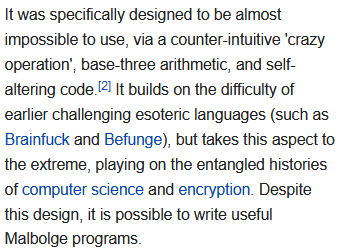
Wow! Sounds easy and intuitive to use! What’s the “crazy operation” you ask? We’ll get to that later. For now let’s see what a program in this language looks like :)

Thanks! I hate it!

it’s so difficult to work with that the first program was written by another brute force search program

mmmmm delicious base-3 arithmetic, what could go wrong? (For reference, that means this program forgoes the usual “0/1″ values of binary code in favor of a much more fun “0/1/2″ set of values)

ah.
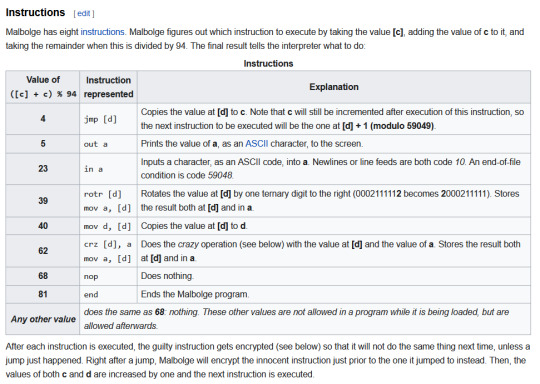
Here’s how the language actually figures out what to do. It’s got 8 “simple” commands that can be executed easily by *checks notes* running the code itself through the modulo operation and taking the result.

As a bonus, on top of all that every single character in your code will now alter what every single other character does. So I hope you’re alright with cracking a cipher every time you add a new letter to your program!

oh god oh fuck.

behold, Malbolge’s primary arithmetic operation and what you’ll be using for most of your math while programming with it :)
This looks specifically designed to be the least logical math operation you could make, and knowing what the rest of Malbolge is I’d wager that’s precisely what happened. I never want to ever use this and it’s my favorite thing I’ve ever seen.
https://en.wikipedia.org/wiki/Malbolge
Anyways here’s the wiki page if you wanna read through it more deeply, I’m gonna sit here holding in my laughter staring at the hello world program again.
#malbolge#esoteric programming#programming#crazy operation#computer science#esoteric programming language#programming languages#lavender speaks
12K notes
·
View notes
Text
beautiful programming names to name your child
Ruby
Java
Rust
Elif
Array
Boolean
Pointer
Byte
Linked list
Foo Bar
child
parent
string
return
OOP
Julia
3K notes
·
View notes
Text
Reblog if you want a turn on the boop ray
817 notes
·
View notes
Text
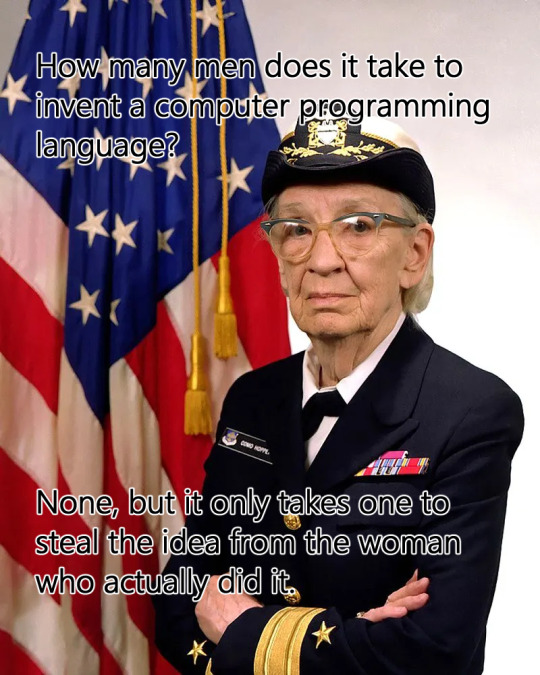
This woman is Dr. Grace Murray Hopper. She created the first computer language compiler tools to program the Harvard Mark I computer. This computer was used in WWII after 1944. John von Neumann initiated the computer's first program, but Hopper invented the codes
1K notes
·
View notes
